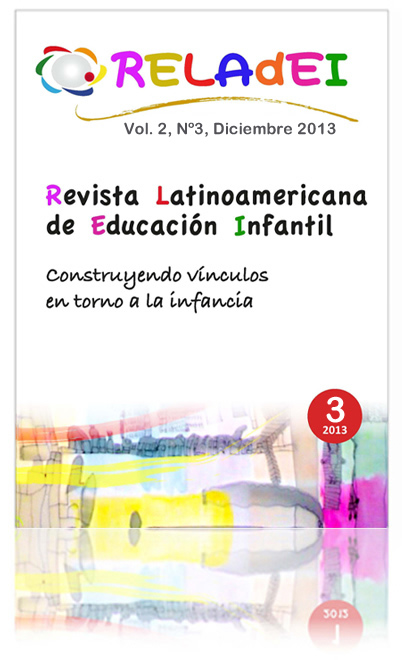Possibilities of body movement in very young children in the pictures presented in early childhood education textbooks
Main Article Content
Abstract
Textbooks for very young learners transmit implicit content about norms, values and beliefs. The aim of this study is to analyze the body movement possibilities of children in pictures from Colombian early childhood education textbooks (4 year-old pupils). The pictures were examined via a content analysis of previously established system categories and indicators. The results indicate that the textbooks guarantee visibility of boys and girls, where the possibilities of motion are diverse and do not depend on gender. The pictures present the bodies of boys and girls outdoors in the natural environment, as well as indoors. Of the 247 children's bodies represented in the pictures, there is no representation of disabled bodies. Although the three Colombian early childhood education textbooks represent an equal status among children as regards their ability to move, they exclude disabled bodies and promote a single type of body that can move about in different ways and in different places. The pictures reinforce a single body type that appears and participates actively in school and society. At the same time they deny the social and cultural reality demanded by the need to transform the traditional school into an inclusive one.

